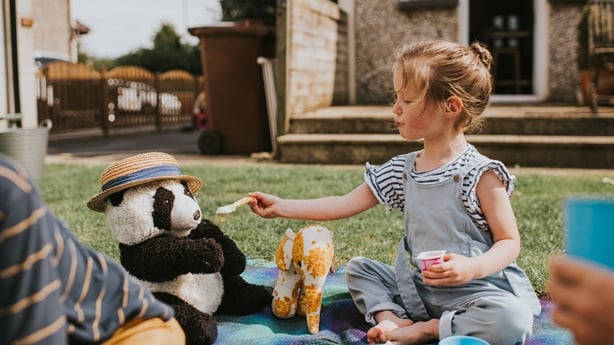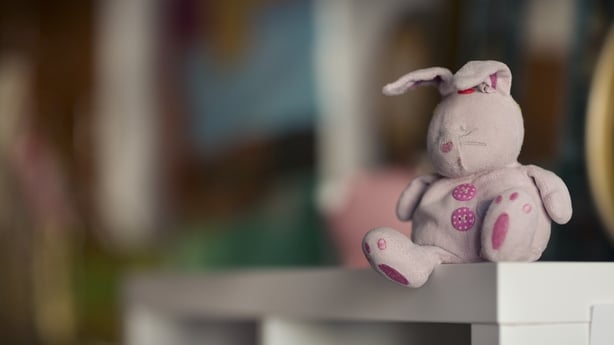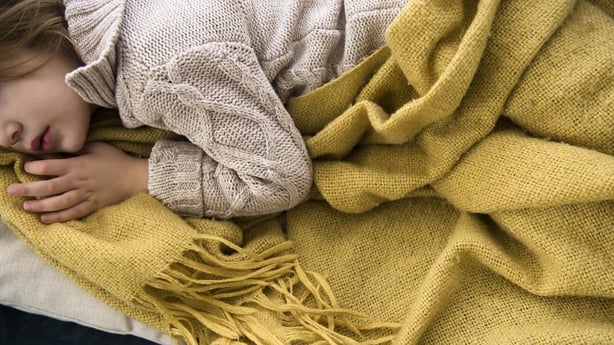It's an inevitable event in any child's – and parent's – life: the loss of a dearly beloved and fiercely protected cuddly toy.
Parents will know the turmoil of searching for a child's dropped doll, teddy bear or even a favoured blanket and the tears that come with the separation. It begs the question, why are we so connected to our childhood treasures?
Mary McCarthy, freelance journalist and Dr Claire Crowe, Paedatric Clinical Psychologist and member of the Psychological Society of Ireland, joined Today with Claire Byrne to discuss this dreaded parenting hiccup.

McCarthy recalls searching for her daughter's monchichi – a charming Japanese monkey toy, for the non-parents among us – in a local playground. After a night of stress and upset, she returned to the playground in the light of day and found the monkey sitting patiently on the railing.
"I don't think people, when they see a toy, they're not going to take it. We've been really lucky, that kind of thing has happened a few times."
Crowe stresses that cuddly toys play a key role in young children's growth. "These cuddly toys are a major psychological phenomenon, because they help a child move from a state of dependence on their caregiver to independence. The toy represents a little bit of their parent, something that they can take around with them and it's never replaceable."
She noted that the phenomenon was first documented in the 1950s by the psychologist Donald Winnicott.
"It's a secure base, literally a security blanket", Crowe said, adding that having the toy allows them to separate more easily from their parents for activities like going to creche. "Children, when they have something that reminds them of home, means they have a sense of safety with them and that allows them to build on their confidence."

Crowe says that rather than rushing to move a child on from cuddly toys, parents should match the child's own pace in moving from one thing to the next.
"They don't walk into sixth class with their toy in their arm. They generally tend to reach a point where they're happy for the toy to stay at home. Also, they have a different attachment with the toy after a period of time."
Crowe noted, too, that cuddly toys are a way of understanding a child's emotional state: if a child comes from from a childminder clutching their toy, it might suggest that something has happened to unsettle them.
As for whether parents should be concerned about older children remaining attached to their toys, Crowe said absolutely not.
"Research shows us that one in four of us will bring that cuddly toy or blanket to college with us. When we go to college, it's for a different reason, it's for a memory of an earlier time point. Often there's a nervousness around college and you want to bring a little bit of home with you."

The difference, she said, is that at this point most people don't necessarily need the toy to soothe their feelings, but "it's an important memento to them".
McCarthy, however, added that when she was growing up her mother said she had no toy she was especially attached to. "Is there something wrong with me?" she laughed.
Crowe assured her that there wasn't. Instead, she pointed to how overexposure when it comes to toys can put children off them.
"We wouldn't give a child 20 mothers, we would know it would be disconcerting for the child and they'd be overwhelmed. When we give a child 10 different cuddly toys in their play room, a different blanket in their buggy, their pram, their cot, actually it's too much. It's overwhelming and no one item can become important."
She suggested having fewer options and letting the child choose.
To listen to the full conversation, click above.

